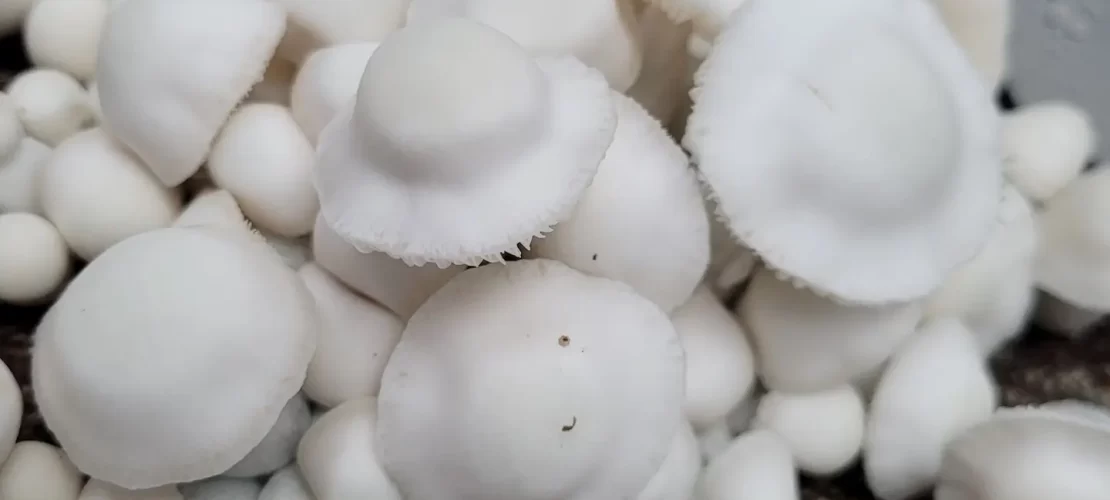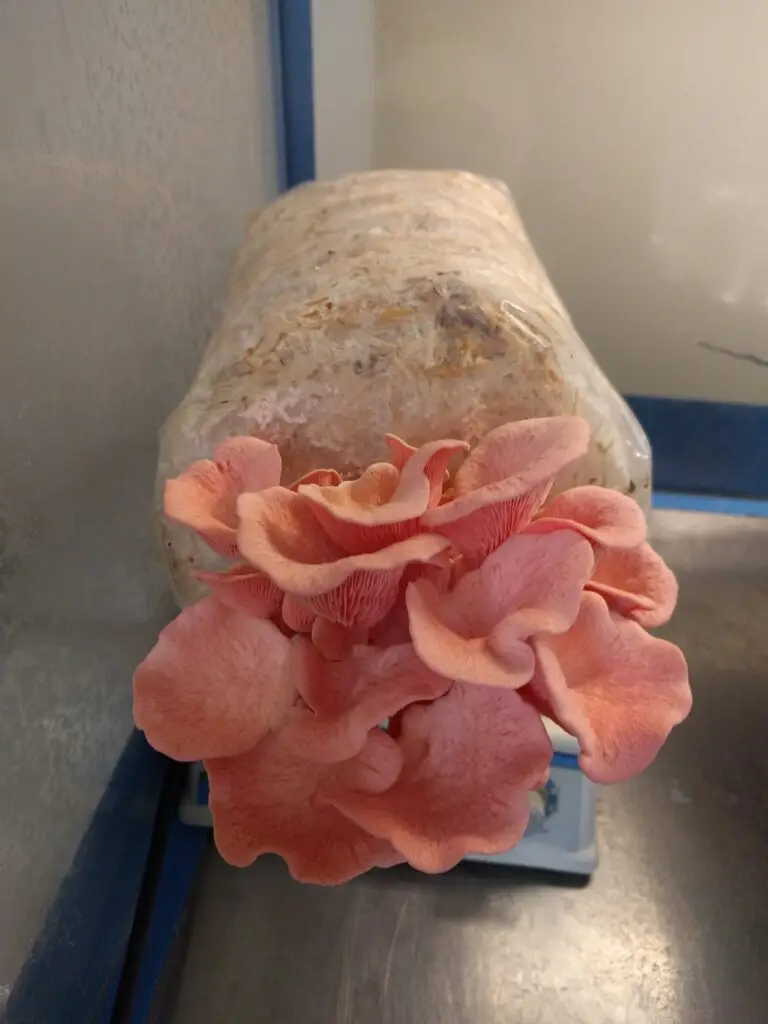
Phoenix Oyster Mushroom: A Complete Guide to the 10cc Liquid Culture Syringe
If you’re passionate about gourmet mushrooms or just starting your


Understanding Psilocybin spores are gaining widespread attention for their potential therapeutic benefits and their role in mushroom cultivation. This comprehensive guide will delve into the fascinating world of psilocybin spores, covering everything from their biological properties to their legal status and cultivation techniques.
Psilocybin spores are the reproductive units of psilocybin mushrooms, commonly known as “magic mushrooms.” These spores contain the genetic material necessary to grow the mushroom but do not contain psilocybin or psilocin, the psychoactive compounds that the mushrooms are known for. As a result, psilocybin spores are legal to possess in many regions, although the cultivation and consumption of psilocybin mushrooms often remain regulated.
Psilocybin spores are microscopic and are typically dispersed by the mature mushroom’s gills. Under the right conditions, these spores germinate and develop into mycelium, a network of fungal threads that eventually produce fruiting bodies, or mushrooms.
Understanding the lifecycle of psilocybin mushrooms is crucial for successful cultivation:
Psilocybin spores are the starting point for cultivating psilocybin mushrooms. Cultivators use spores to inoculate substrates, creating the conditions for mycelium growth and mushroom production.
The legal status of psilocybin spores varies by country and region. In many places, spores are legal to possess because they do not contain psilocybin or psilocin. However, the cultivation and consumption of psilocybin mushrooms are often regulated or prohibited. It’s essential to research and understand the laws in your area before purchasing or cultivating psilocybin spores.
Research into the therapeutic potential of psilocybin is expanding, with studies suggesting benefits for mental health conditions such as depression, anxiety, and PTSD. Psilocybin therapy involves guided sessions where patients consume psilocybin mushrooms under the supervision of trained professionals.
To improve the comprehensiveness and search engine optimization of this guide, incorporating Latent Semantic Indexing (LSI) keywords related to psilocybin spores is beneficial. Some relevant LSI keywords include:
For those interested in more advanced cultivation techniques, several methods can enhance productivity and yield:
Liquid culture involves growing mycelium in a nutrient-rich liquid medium, allowing for faster colonization compared to traditional spore inoculation. This method is ideal for large-scale cultivation.
Grain spawn involves inoculating sterilized grains with mycelium, creating a nutritious substrate for mushroom growth. This method is commonly used in commercial cultivation.
Culturing mycelium on agar plates allows for the isolation of pure strains and the selection of the most vigorous mycelium. This technique is commonly used in research and advanced cultivation practices.
Cultivating psilocybin mushrooms can present several challenges. Here are common issues and their solutions:
Contaminants such as mold and bacteria can outcompete mycelium. To prevent contamination:
If mycelium is not colonizing the substrate as expected:
If mushrooms are not fruiting despite full colonization:
The field of mycology, particularly concerning psilocybin spores, is rapidly evolving. Advances in genetics, cultivation techniques, and legal frameworks are shaping the future of psilocybin mushroom research and cultivation.

If you’re passionate about gourmet mushrooms or just starting your

Mushrooms have long been revered in traditional medicine, but modern

When most people think of mushrooms, they imagine small fungi

Mushrooms are more than just fascinating organisms that sprout from

Stay updated with our newsletter for exclusive offers, insights, and the latest in psilocybe cubensis research.

At The Spore Depot, we are dedicated to providing the highest quality psilocybe cubensis mushroom spores for research purposes. With an extensive selection of mushroom spores, our products meet the strictest quality standards, ensuring they are prepared under sterile conditions for optimal results. Whether you’re working with a spore syringe or creating a spore print for detailed analysis, we are committed to supporting your journey into the microscopic world.
Our exceptional contact customer service is here to assist you every step of the way, making sure your experience with psilocybe cubensis spores is both rewarding and insightful. At The Spore Depot, your satisfaction is our top priority as you explore the fascinating world of fungi.